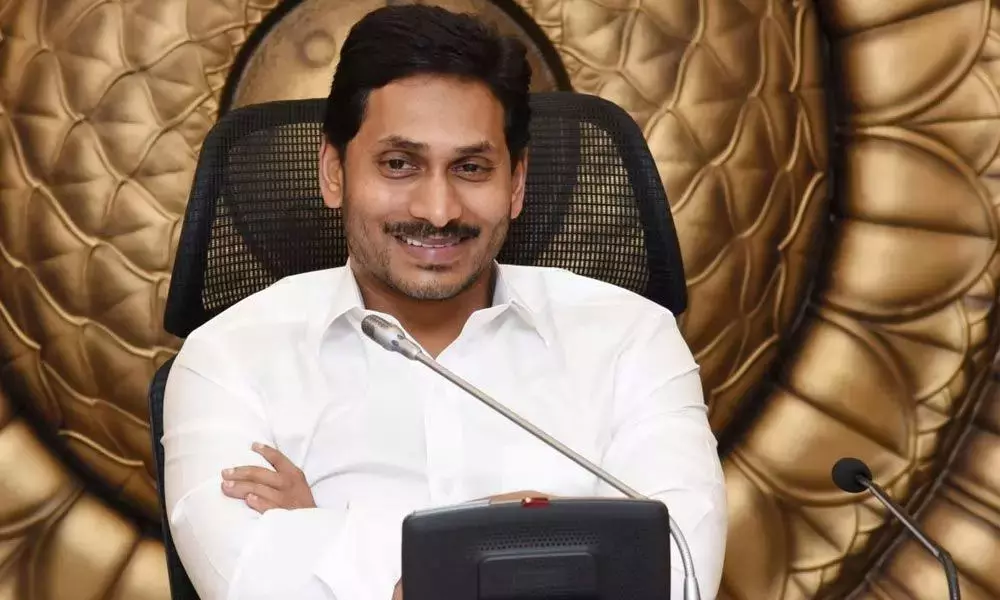Rama Krishna Sangem
Entire India recollected how Dr MS Swaminathan renowned agronomist who passed away at a ripe age of 98 guided our country escape hunger and food shortages five decades ago. Tributes poured in from all over the world on how he led a Green Revolution way back and helped India, once a food seeker to become a a food exporter. Today, India is a shining example on food sufficiency among the nations. We owe it to a policy push from Dr MS, as he is fondly called.
We now need another MS Swaminathan and version 2.0 of Green Revolution. In this era of science and technology, we can have a better and brighter Green Revolution, without limitations and side effects of 1960s. Six decades ago, India was a food importer or a nation with a charity bowl in hand seeking help from the developed countries. Most of our people, especially children suffered from lack of enough food.
The US has supplied us milk powder, under a programme called PL 480. (PL means Public Law of then president Dwight D Eisenhower). People in most states starved as they couldn’t afford proper food. Some political parties offered them gruel to save them from starvation. Such was the situation, when late PM Indira Gandhi gave a slogan of “Garibi Hatao”. During that time, Dr MS came onto the scene.
MS gave us a way out
Then MS Swaminathan gave a call for transforming Indian agriculture sector – through a combination of measures. Right from introduction of high yielding varieties to liberal use of chemical fertilizers and pesticides. Production and productivity increased, but more water is guzzled and more power is given to agriculture sector. Farmers are recognized as food givers of India, with slogans like Jai Jawan, Jai Kisan”.
Though Mahatma Gandhi described India as a nation with its soul in villages, proper governmental efforts have begun only after MS argued for it. Being an geneticist, agriculture experts and agronomist, Dr MS lobbied hard with the PMs, CMs and other top policy makers to make agriculture sector as the focus of our nation building. More subsidies rolled out and more productivity increasing measures were put in place.
If India produced close to 34 million tonnes of rice in 1960, it went up to 132 million tonnes in 2023. Of course, area too increased drastically – from 30 million hectares in 1960 to 46 million hectares now. Our population in 1960 was just 44 crore, while the same today is 142 crore. Same is the case with wheat and other major food crops, whatever can take hybrid varieties and absorb high chemical fertilizers.
As a result, famine has almost disappeared in our country and starvation deaths may have been reported but they are due to supply hiccups, not because of production shortages. Today, India is a prominent rice exporter to not less than 40 countries. Our Food Corporation of India keeps buffer stocks of 3.50 crore tonnes of rice, as against the minimum stipulated 2.40 crore tonnes.
MS has his own critics
Of course, Dr MS has critics too. They say, because of Green Revolution, in the name of bailing India out of food shortages, has led to increased use of chemical fertilizers and pesticides, thus destroying hitherto pristine farm sector. Because of agriculture becoming a subsidized commercial activity, many farmers were pushed into debt trap, thus forcing them to commit suicides too. Agriculture markets are cesspools of corruption.
Many high yielding varieties of paddy and wheat needed more water. As a result, groundwater tables have fallen across the country to new depths. More power is given to the farm sector, in some states free of cost, while in others at heavily subsidized rates, creating a sort of financial mess. Marketing of farm products is still in chaos. Minimum support price has become a political gamble, mostly favoring middlemen. Some of these concerns maybe justified.
That’s why we need Green Revolution 2.0
Precisely for these reasons, we need another Dr MS and Version 2 of Green Revolution. In this era of top grade science and technology, Artificial Intelligence, chemical engineering, molecular biology and we can easily solve all these problems. Better weather forecast systems and accurate market information, we can enhance our agriculture sector to the next level. From millet to super foods, now the options of our eating choices have widened.
We need not just one but many Dr MSes. We need not just one Version 2 but many more versions to lift up our farm sector. From production practices to processing techniques we have much more knowledge and tools than what we have in 1960s. Dr MS’ Green Revolution may have come to a halt by 1980s. Not much has been done after that, except some minor tinkering here and there.
Now we can take up that work from where we stopped. Application of 5G and 6G into farm sector and achieving inter-disciplinary linkages and harnessing latest agronomic methods can take the Green Revolution further. Separating food produce for domestic needs and foreign exports is long over due, strongly argued by Dr MS Swaminathan. We can also think of launching a mission in this direction, on the occasion of his birth centenary, in 2025.


